|
|
Understanding the EOS C300's Canon Log Gamma
| Article ID: ART170262 |
| |
Date published: 05/04/2018 |
| |
Date last updated: 05/04/2018 |
Description
Understanding the EOS C300's Canon Log Gamma
Solution
| |
One of the biggest challenges with the transition from film-based cinema cameras to digital cinema cameras has been achieving a similar degree of latitude and dynamic range so that shadows and highlights are retained in your footage. In many camera systems, the dynamic range is so limited that it is impossible to retain this information and therefore, visually, your creative freedom is greatly diminished when you get to the post-production phase of a project. |
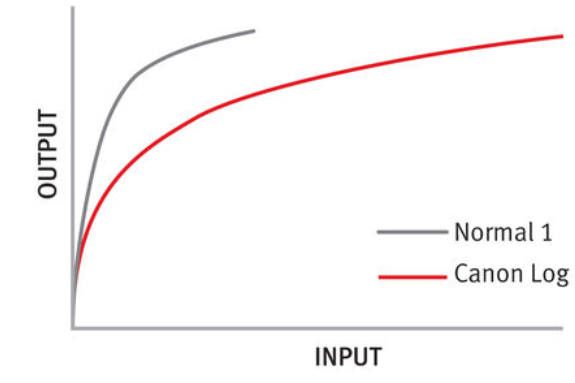
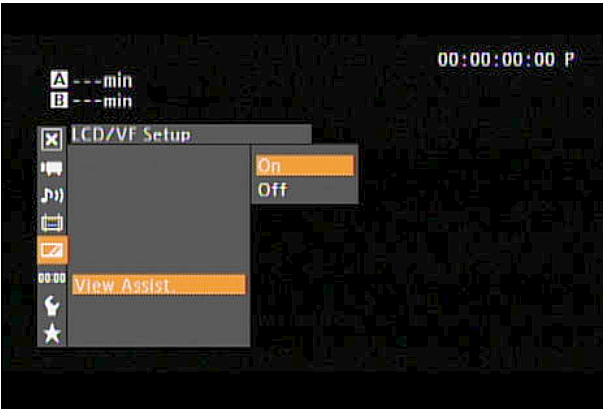 |
This article will discuss the new Canon Log Gamma of the Canon EOS C300, show sample images and discuss its advantages in post-production. The article will also explain how the View Assist feature works and discuss CP CINEMA Locked Mode. |
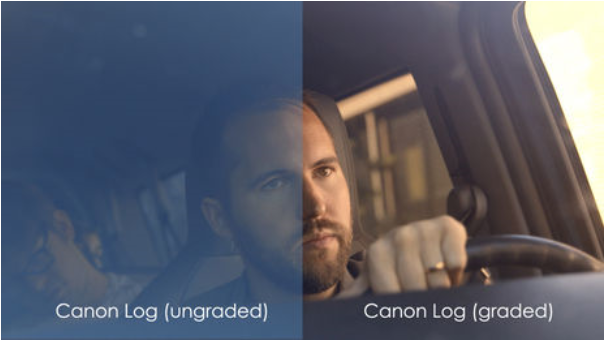 |
Shooting for Post
While most of today's video cameras are capable of creating a pleasing in-camera look, the ability for a camera to capture images that are "tuned for post" is essential. When working on films, commercials, music videos and any other project where you need to work with your images to create a very specific and repeatable look, latitude is king. Your camera needs to give you the ability to retain the greatest dynamic range possible.
A few high-end video camera systems have introduced proprietary RAW recording formats in order to retain as much information as possible in post-production, but these workflows require a tremendous amount of computer overhead and enormous file sizes. As a result, this has oftentimes limited the use of this workflow for many users and projects.
With the C300, Canon has given filmmakers and cinematographers an affordable Super 35mm based digital cinema camera that contains wide latitude and high dynamic range without the need for dramatic workflow changes. To achieve this, Canon's C300 combines their brand new Canon Log Gamma along with a number of innovations such as their new 35mm CMOS sensor, the DIGIC DV III processor and Canon's XF Codec, to produce images that are ready for the rigors of today's post-production workflows. |
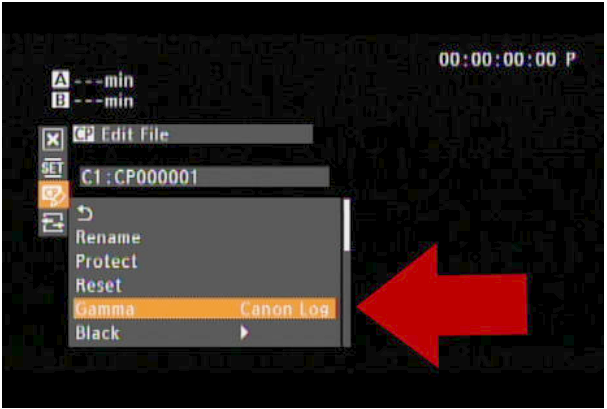
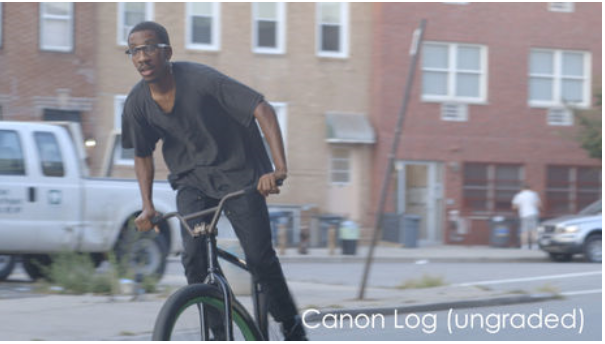
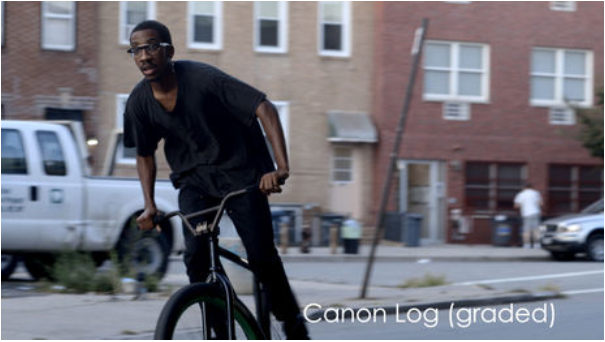
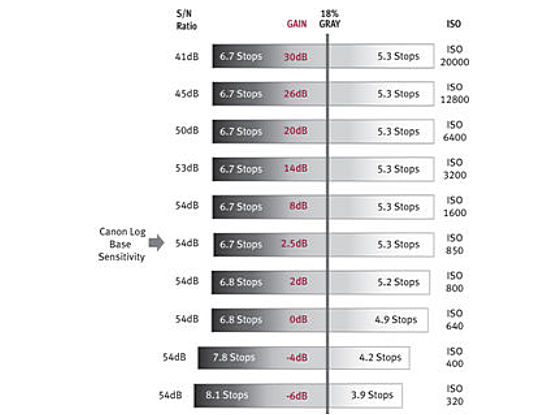 |
Canon Log Gamma
Canon Log is a brand new gamma setting which is included in the EOS C300. It is not a RAW recording option, but it brings some of the benefits of RAW to colorists who want the most amount of information to work with. Canon Log allows the cinematographer to record images to the same reliable and tested on-board Canon XF Codec, but with a high dynamic range, flat image quality, low contrast and subdued sharpness. This allows more image information to be retained for color correction and visual effects. Canon Log Gamma contributes to the C300's ability to effectively capture approximately 12 stops of dynamic range, even in low light. |
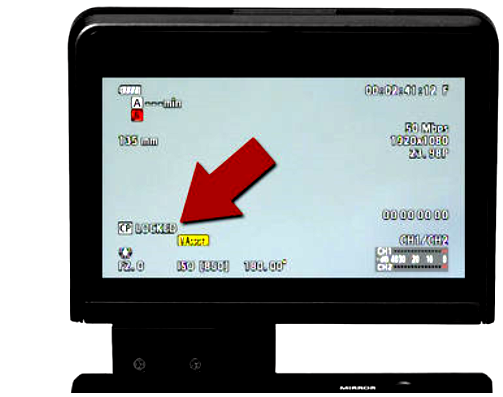 |
CP CINEMA Locked Mode
CP CINEMA Locked is a mode Canon has included with the C300 to easily engage Canon Log and prepare the camera's color matrix for optimum post-production results. It allows the cinematographer a simple, no-nonsense pathway to "lock-in" a flat color matrix and Canon Log gamma. This takes the guesswork out of the process when the cinematographer simply wants to set up the camera to be ideal for color correction. |
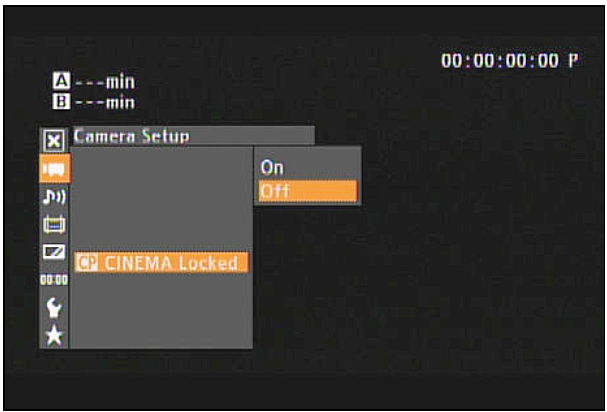 |
To activate CP CINEMA Locked mode on the C300, press the MENU button and then choose Camera Setup > CP CINEMA Locked > On / Off. |
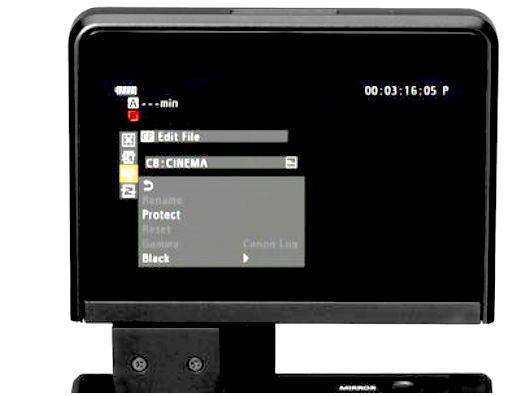
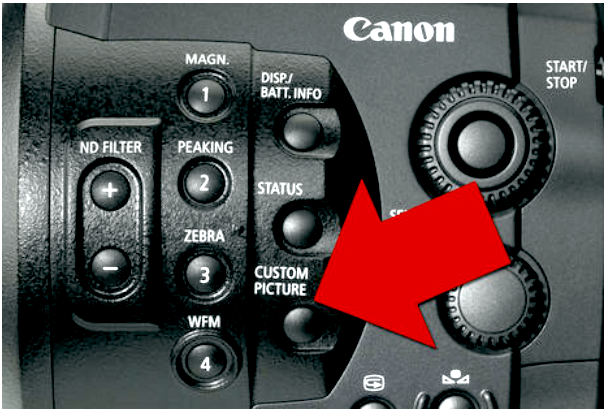 |
The difference between using CP CINEMA Locked mode versus setting the Custom Picture to C8 (CINEMA) is that once the camera is in the CP CINEMA Locked mode, you won't be able to modify custom picture items such as gamma, knee, color matrix adjustment, etc. All of those settings are effectively "locked out." |
| |
While it might seem like you are losing control of how your images are captured when using the CP CINEMA Locked mode, in actual fact you are both simplifying the production process and optimizing the final footage for post.
CINEMA locked is also ideal in multi-camera rental situations. By enabling this mode, the only settings that will need to be matched in camera are the ISO, aperture, shutter angle, bit rate/resolution and frame rate. With these matched, each camera will be capturing the same image and will be much easier to work with in post.
CP CINEMA Locked essentially treats your C300 like a traditional CINEMA film camera where you will meter, set ISO and other capture settings and then let the camera produce the most malleable images possible that can then be "color timed" or graded in post. |
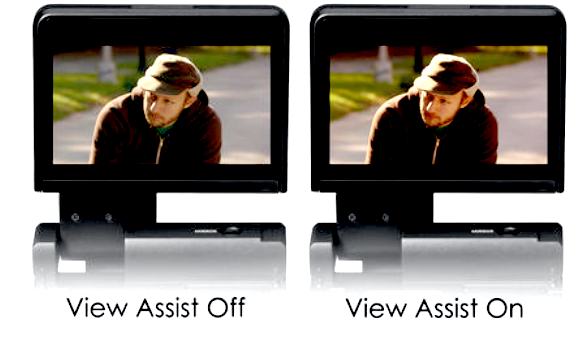 |
View Assist
Unlike traditional video gamma settings that are meant for immediate broadcast, recording in a log gamma such as Canon Log creates images that naturally look darker and flatter than what we're used to seeing. In a log gamma, correctly exposed images look incorrectly exposed – looking dark and flat while also having milky blacks. This is because images shot in log gamma need to go through color correction before looking "correct" to the viewer. It is simply recording all the image information possible rather than making a pleasing image to the eye.
As a result, when shooting in Canon Log, the image is hard to evaluate when using the LCD screen and viewfinder. People unfamiliar with log may tend to expose their images incorrectly if striving to create an image that looks correct to the eye. To prevent this common problem, Canon has included a new View Assist feature, which allows you to access an on-screen preview of how the image might look once graded in post. By turning on View Assist, the LCD and viewfinder of the C300 shows an estimated "correct" image while still recording a truly flat log picture to the CF card. This is very helpful when lighting, so that contrast ratios can be judged more accurately. It also helps the user who needs to focus by eye, as contrast becomes reintroduced into the LCD and viewfinder previews.
The View Assist function is also ideal when you want to show a client, on set, how their image might look once color corrected and graded. This will ensure that they don't the see dark, flat and milky images which Canon Log Gamma will display. |
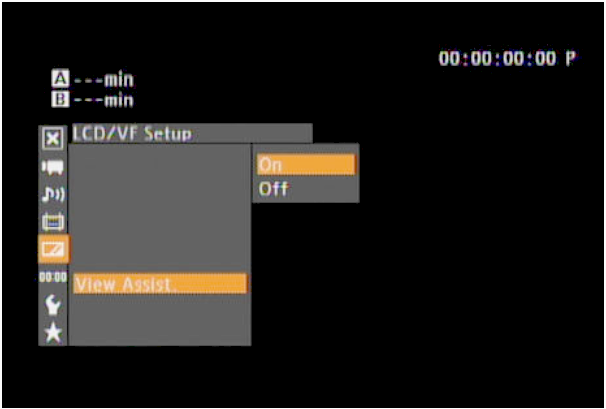 |
To enable View Assist in the menu, choose LCD/VF Setup > View Assist > On/Off |
| |
Note: The View Assist function is only visible on the C300's LCD screen and viewfinder. This helps ensure that the preview images output to the LCD screen and viewfinder don't affect the images recorded onto CF cards or to images output through the HD-SDI port.
These photos show an on screen image with Canon Log Gamma and an on screen image with the View Assist function enabled (note the curve characteristics and photos shown are simulations). When using the Canon Log Gamma, it is important that DPs still use traditional light metering techniques and/or scopes to judge exposure. Do not use the View Assist function to make any judgment regarding correct exposure of your final images.
Summary
The Canon EOS C300 with Canon Log allows for high dynamic range and wide latitude when capturing images. It also simplifies the production process and ensures that when enabled, both single and multi-camera shoots will produce consistent and predictable results. |
|